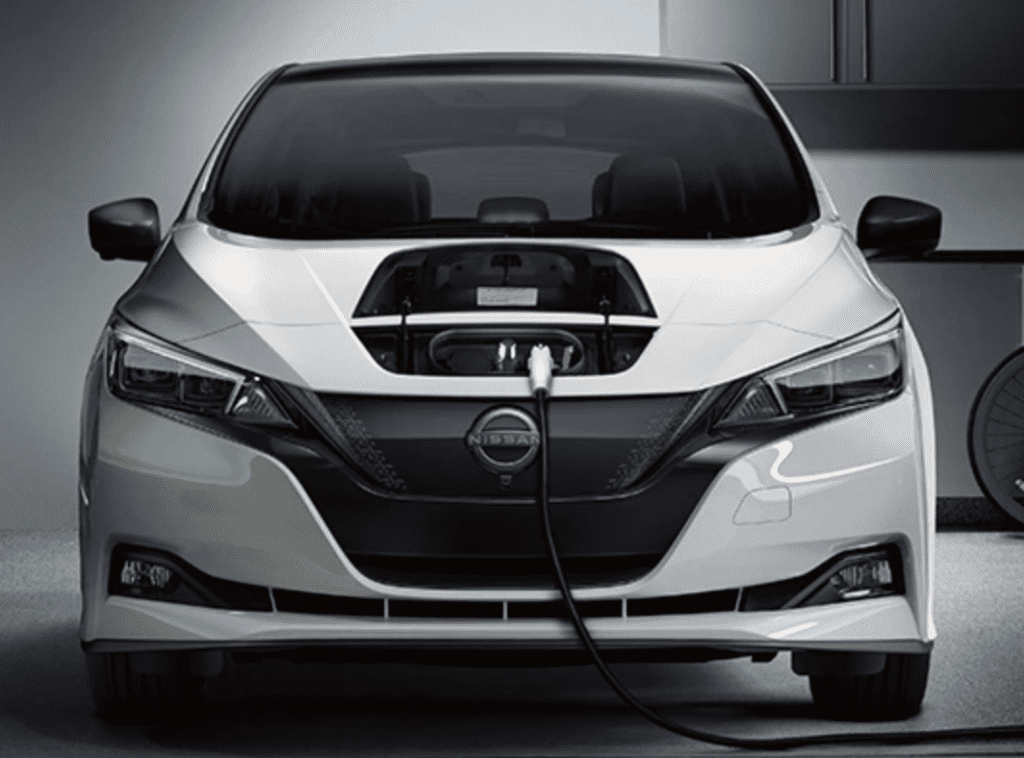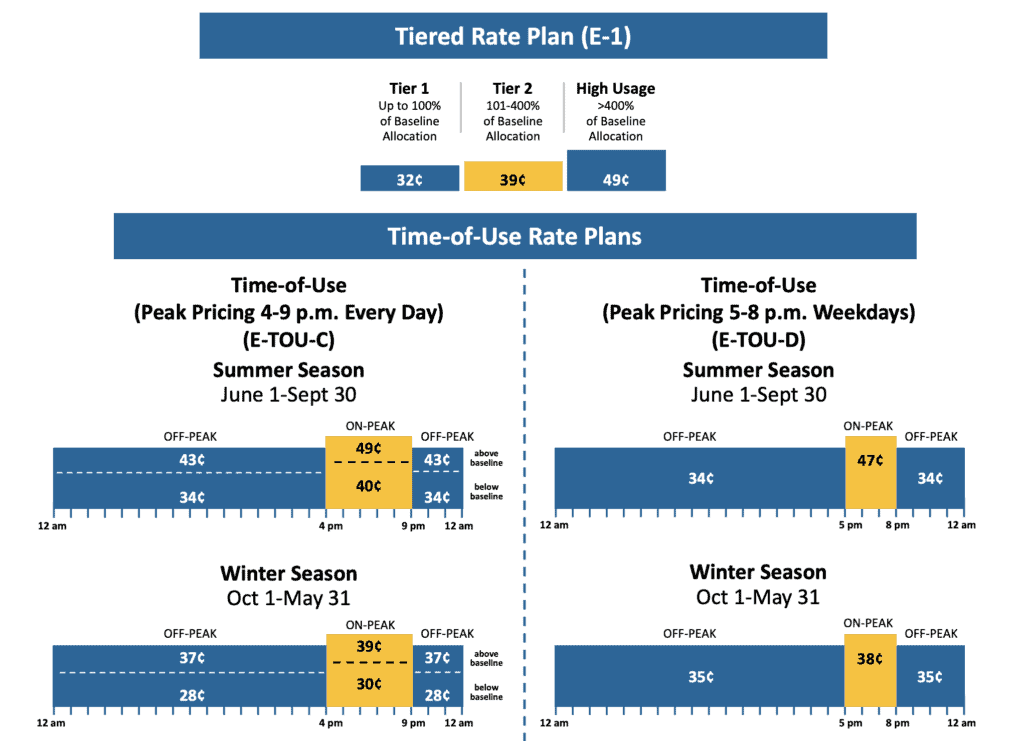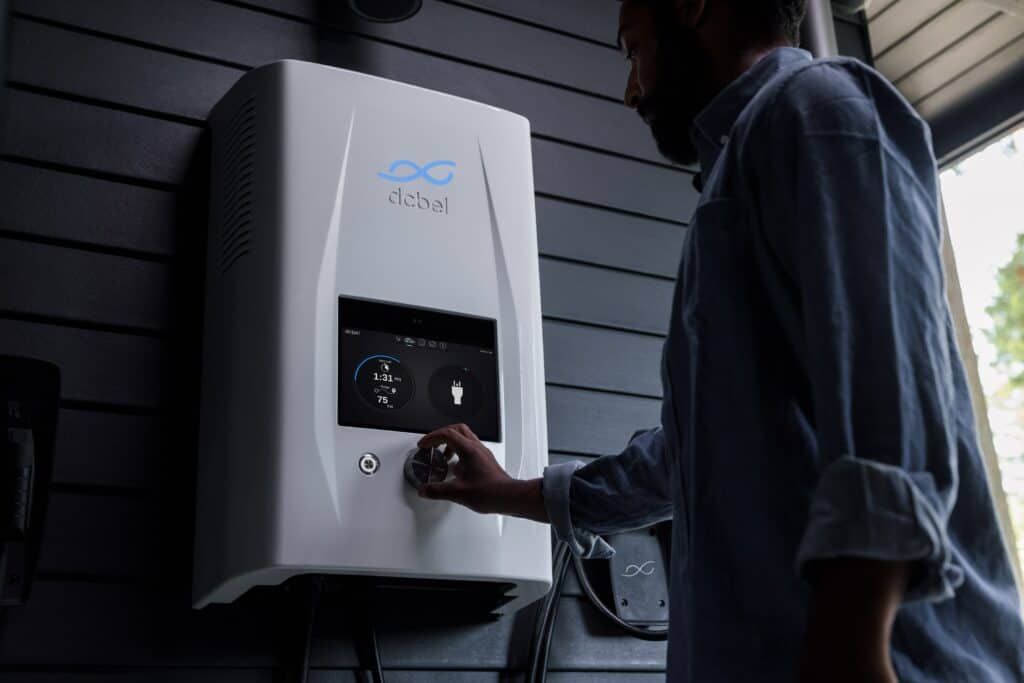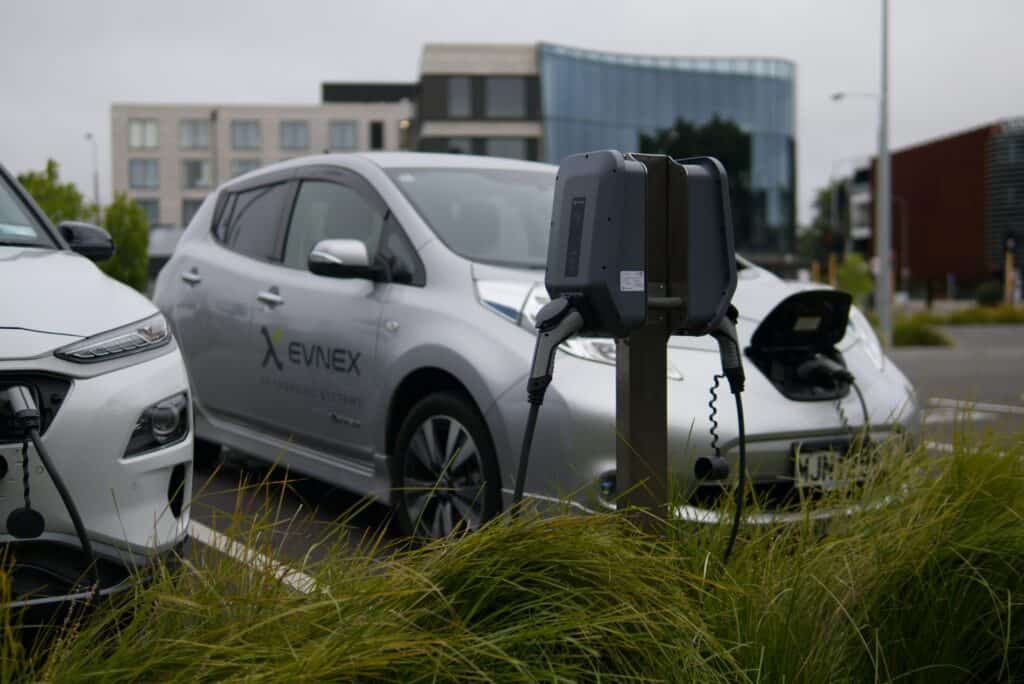Introduction – Vehicle-to-grid or V2G technology
Technology is making carbon reduction easier, and new features increase energy flexibility and savings. Not only that, with this new capability we’re going to cover, there’s a possibility to earn money by reselling electricity.

In this article, we’re going to talk about the capability of bi-directional charging. Bi-directional charging is an instance of vehicle-to-grid (V2G) technology, which is also defined as a system in which one has the option to control the flow of energy in two ways: from vehicle to the electrical grid or in reverse.
Electricity flowing from grid to battery is what everyone is used to, i.e. charging the battery. Using the battery to supply power back to the grid is a newer and less common practice, allowing car owners to contribute energy.
Bidirectional charging or V2G is highly relevant for electric cars
V2G is highly relevant because studies show that electric vehicles are idle 95% of the time (Letendre and Denholm 2006) so a battery during long stretches of idle time can be used to provide energy to electricity markets that doesn’t affect its main use: transportation.
Other uses include supplying to only homes, i.e. vehicle-to-home (V2H) and buildings, i.e. vehicle-to-building (V2B). The owner of the vehicle presumably can take advantage of peak-vs-non-peak pricing differentials to reduce load on the grid and generate financial returns.
Nissan is the pioneer in this space. The Nissan Leaf, a flagship model for the company, has bidirectional charging.
This means that you can use your Leaf to charge other electric vehicles, charge your home, sell electricity back into the grid, as well as get charged yourself. In this article, we will discuss all the details of Nissan Leaf’s new feature so that you can take advantage of it.
The Nissan Leaf Bidirectional Charging System
The Nissan’s LEAF system is powered by a 6.6 kW onboard charger and delivers up to 3.3 kW of power to the grid.
It’s a two-way street, so the car can also top off its battery from the grid if needed. The technology is being piloted in select markets and will be available on the 2018 LEAF.
Bidirectional charging is a game-changer for electric vehicles because it allows them to act as mobile energy storage units. That means when there’s excess renewable energy being generated (but not used), an electric car can store that energy in its battery and release it back into the grid when demand is high.
That helps to even out the variability of renewable energy sources like wind and solar. It also has the potential to lower electricity bills for EV owners and help utilities avoid expensive peak-demand charges.
Make Money Selling Power Back To The Grid
Here we present our calculations for idealistic and realistic earnings from V2G for the Nissan Leaf. Over a month that’s about the amount of half to a full electric bill, which is very encouraging in the sense that a single car is able to offset electric bills.
| Time Period | Earnings |
|---|---|
| Per Day (Ideal) | $8 |
| Per Day (Realistic) | $2 |
| Per Month (Realistic) | $60 |
| Per Year (Realistic) | $720 |
Because the Nissan Leaf supports feeding energy from your battery back into the grid, you will be able to sell your excess energy. The above calculations assume “time of use” rates, i.e. peak and off-peak rates, so you can can charge the batter when its cheap and discharge when its expensive to make a profit.
This depends on whether your utility supports rate arbitrage. First, check whether your utility has differing rates that depend on time-of-use. Second, check whether this applies to you, mostly likely a residential customer.
In California for example PG&E shows its time-of-use rates. First, notice the difference between peak and off-peak is as much as 20 cents per kilowatt hour. If the vehicle battery holds 40 kWh, that’s a potential $8 generated over the charge-discharge cycle per day.
Your earnings are going to be less. Who’s going to discharge their vehicle completely? And moreover, the differential won’t be that large every day. So lets estimate $2 per day for $60 per month maximum. That translates to about $700 per year.
Second, notice that the summer and winter rates are different. The differential looks less compared between the on-peak above baseline vs the off-peak below baseline.

How Does The Nissan Leaf Bidirectional Charging Work?
DC (direct current) electricity can then be utilized to charge a typical electric vehicle using a unidirectional charger. For this, the charger or the automobile must be equipped with a converter.
Before it can be utilized to power your home or transmitted back to the grid, the DC electricity from the car must be converted to AC electricity. A bi-directional charger, which resembles a typical home EV charger, performs that task.
Bi-directional charging was utilized to power Japan’s homes, offices, and even equipment in the wake of many catastrophic disasters. Already, in the US, UK, and Denmark, it is undergoing trials.

Features Of Nissan Leaf Bidirectional Charging
The Nissan Leaf can charge both inward and outward, despite not being a fancy Electronic Vehicle. To use this feature, you need a power supply hub in your house.
A standard 120-V charging cable is included with the Leaf, allowing you to temporarily connect it to a 120-V outlet for a Level 1 charge. Take a look at this simple demonstration of discharging the Nissan’s internal battery to a SETEC backup power supply.
List of Other E-Vehicles With Bidirectional Charging
Listed below are some electronic vehicles some of which are V2G compatible cars, unlike V2H compatible cars. Not all of these cars are fully electric cars like the Nissan Leaf.
- Mitsubishi Outlander PHEV
- Volkswagen ID models
- Ford F-150 Lightning

What Are The Benefits Of This Feature?
1. A Money Saver
In the long term, buying an electric automobile is cheaper than owning a gasoline-powered vehicle. Due to decreased fuel prices and cheaper service and maintenance costs, this is possible.
You can also save money on your electric bill by transferring energy from your car’s battery to your house via bidirectional charging (V2H). Load-shifting, like stationary batteries, is a way to save money on electricity.
Charge when energy is cheap and discharge when it is expensive with load shifting to save money on your electric bill. The biggest drawback of using V2H is that you must always be hooked into a bidirectional charging wall box that is compatible.
2. Source Of Power During Blackouts
In the event of a utility outage, EVs with V2H capability can power the entire home. How many loads and how long an EV can power a home are determined by the battery’s capacity and its charge state. Nissan claims that the Leaf e+’s 62kWh battery can power a typical Japanese home for up to four days.
3. A More Environment-Friendly Option
If combined with environmentally friendly energy sources like solar panels, bidirectional charging is a great way to make your home and car even greener.
With bidirectional charging, you can minimize the amount of energy you need from the grid. Bidirectional charging could promote the use of renewable energy since users of electric motors can use their car batteries to store energy.
Renewable energy can occasionally be unreliable due to weather conditions.
Bidirectional Electric Cars In The Future
Maybe you are wondering, will bidirectional electric cars still be relevant in the future?
Even though we are unable to see into the future, it appears that the V2G revolution will begin shortly. Only V2G-capable electric vehicles can be charged in both directions.
Nissan is presently the market leader, but other manufacturers, such as Tesla, Volkswagen Group, or Mitsubishi, are also manufacturing vehicles that will soon power our cities and protect the electric grid from damage.
For bidirectional charging to be successful, it needs the support of the energy business and utilities. However, considering the current environmental concerns and how V2G technology can protect the grid and other electrical facilities, it’s just a matter of time before most utilities invest in controlling renewable energy using the V2G technology.
FAQs About Nissan Leaf Bidirectional Charging
How Much Will A Nissan Leaf Bidirectional Charging Unit Cost?
Nissan’s entry-level 40 kWh Leaf starts at $27,000. The fancier trim options with larger battery capacity up to 62 kWh will see the price going up to $37,000.
But don’t forget that there are incentives for electric vehicles. In the US there’s a federal electric vehicle tax credit that goes up to $7,500 and recently underwent renewed legislation in 2022.
Is Nissan Leaf Bidirectional Charging Safe?
The chargers have safety features to reduce any potential risks. Similar to solar inverters, bi-directional chargers have a sensor that measures the load on the house and the amount of power flowing in and out.
The charger will turn off if the sensor determines that the system voltage has been compromised.
Will The Car Battery Degenerate Faster If I Use Nissan Leaf Bidirectional Charging?
Since charging and discharging are less energy-intensive than driving—you can only charge or discharge at a rate of 7kW—bi-directional charging does not have a negative long-term impact on the battery, according to Nissan’s national manager of electrification and mobility.
As long as the charger you use has been approved for use by Nissan, bi-directional charging does not affect Nissan’s eight-year/160,000km battery warranty.
Conclusion
Bidirectional charging is a game-changer for electric vehicles. The Nissan Leaf can charge both inward and outward. It allows them to act as mobile energy storage units. With bidirectional charging, you can minimize the amount of energy you need from the grid and at the same time save money and the environment.
